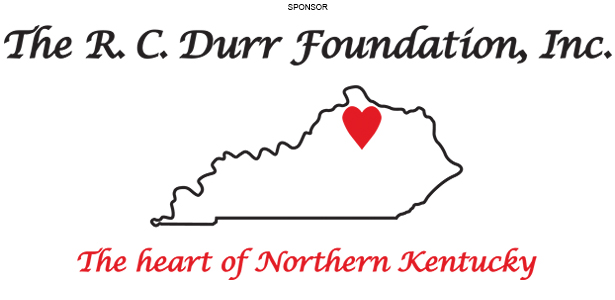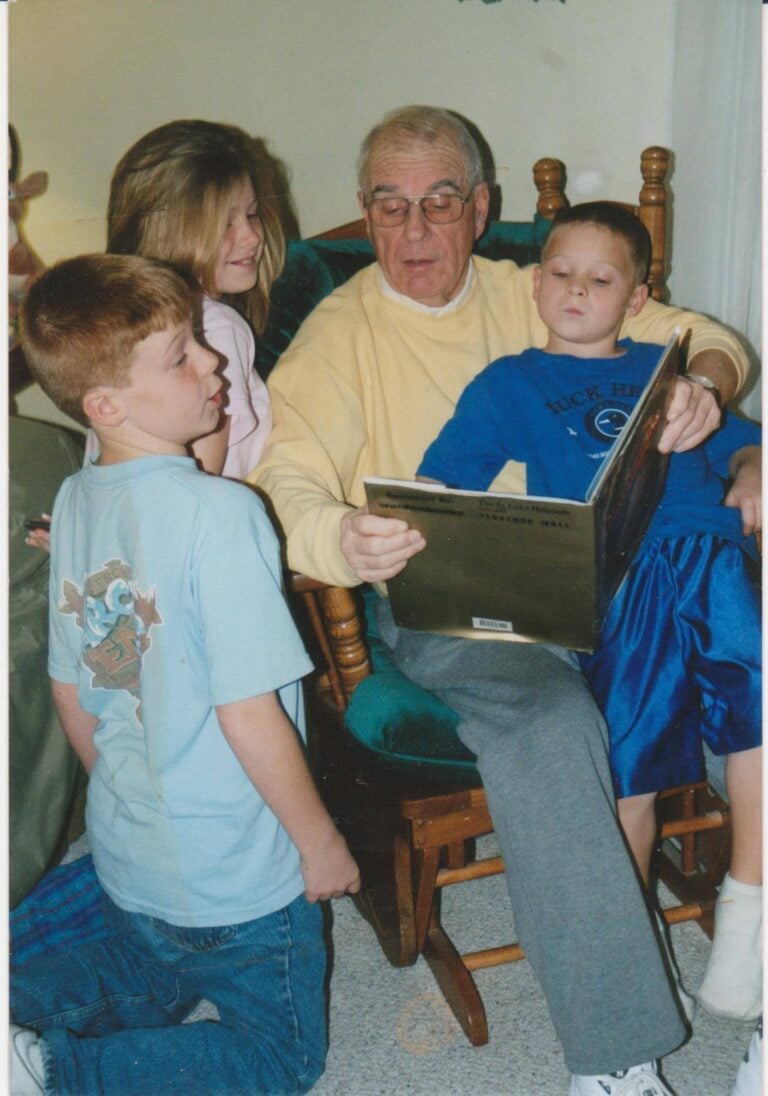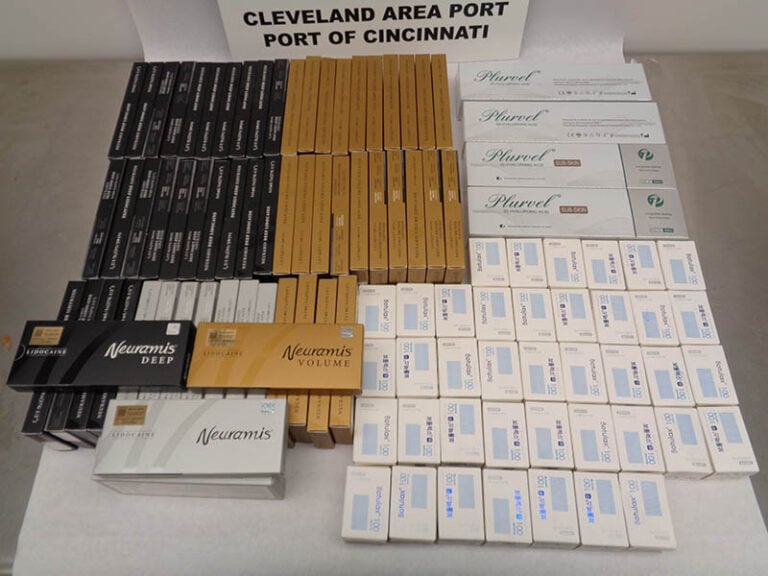We’re celebrating ten years of Our Rich History. You can browse and read any of the past columns, from the present all the way back to our start on May 6, 2015, at our newly updated database: nkytribune.com/our-rich-history

By Raymond G. Hebert, PhD
Special to NKyTribune
In a baseball-crazy community such as we live in — with the Cincinnati Reds as the area’s heroes and the “Big Red Machine” as one of the greatest teams ever pulled together — it seems natural to have a conversation about one of the greatest hitters of all time.

The literature about the subject abounds, and much of it demonstrates, as noted by a popular sports blog called “Jugs Sports,” that: “the name Ted Williams pops up again and again and it is not just about the stats he accumulated or the fact that he was the last player to hit at least .400 in a season, or his batting titles or his military service during his prime playing years.”
Growing up in New Hampshire, I was a New England-born Red Sox fan. Personally, my first experience—as a four-year-old—with baseball at any level was my 1946 World Series baseball bat, signed by none other than Ted Williams.
While there were aspects of Ted’s personality/behaviors that might play into the decision to declare him the greatest hitter who ever lived, it is my contention that he does not need any of the fancy arguments on his behalf because the stats actually speak for themselves. In a technology-driven environment such as we find ourselves in today, Ted Williams would easily be the most sought-after player in the game. He would be “The splendid Splinter” or “Teddy Ballgame” today, just as he was then.
It was one of Williams’ earliest biographers, George Bowering (1965), who reminded us that “we wish we could live our lives – with grace, a level swing, everyday seeking for perfection – as Ted Williams lived his game, if only our lives could be the knowledge of the art of the game” (George Bowering, “Ted Williams”).
Ted Williams was born August 30, 1918, in San Diego, California. His career began in 1938 with the Boston Red Sox, where he wore #9 and played left field. I remember him well. He batted left-handed and was with the Red Sox for his entire career of 19 years. He fathered and parented three children: John Henry Willams; Claudia Williams; and Barbara Joyce Williams Ferrell. On July 5, 2002, at 83 years old, Ted Williams died.
As a player/hitter in Major League Baseball, careers are made and fortunes earned based on statistics. For example, there are those who believe that Aaron Judge is at least the best right-handed hitter of all time, if not the greatest of all. The flaw, though, is the number of strikeouts, a major deficiency of Judge’s. With that in mind, here are a few statistics that distinguish Williams from others:
• Hall of Fame (1966); 2x MVP; 2x Triple Crown; 19x All Star (never missed a year); 6x Batting Title; 5x Major League Player of the Year – all despite his multiple disagreements with the media who voted for many of the awards;
• He finished his playing career with a .344 batting average, 521 home runs and a 1.1116 on-base plus slugging percentage, the third highest of all time;
• 19 seasons, all with the Red Sox: .344 batting average; 2,654 hits; 521 home runs; 1,839 RBI’s and 1,798 runs scored;
Because of his excellent batting eye, he led the American League on in-base percentage 12 times in all, including every season he played between 1940 and 1949.
• It might be possible to break these down even further but in themselves they are unrivalled by any other player before or after. It was his versatility that was unmatched. See https://www.baseball-reference.com/players/w/willite01.shtml

Three unique aspects of Ted William’s career stand out to me as the most remarkable:
• The first is his record that has never been close to being challenged nor is it ever likely to be: the .406 batting average for a full year – a record that was held since 1941. He had started as a rookie by hitting .327 with 31 home runs and 145 RBT (and yet was only 4th in the MVP balloting, which speaks to the philosophical differences noted above with the media) and the next year, 1940, he batted .344 with 43 doubles, 14 triples and 145 hits.
• Related to that season, the transforming story is about Ted’s decision to play or not to play in the final games of the season. His average entering the season-ending doubleheader was .400 and he had purposely played with a minor injury in the previous series. The Jugs Sports article, among others recounts his words: “I never wanted anything harder in my life …” and, on September 28, 1941, he went all out and “ended up 6 for 8 in two games and pushed his average to .406. Having a .400 season hadn’t been done since 1930, and it hasn’t been done since” (Jugs Sports).
• He had been only 22 years old after three consecutive seasons of rare success when in those prime years, in 1942, he was inducted into the Navy and was trained to be a fighter pilot, earning his wings and graduating at the top of his class. Success continued with his return to baseball and his first MVP Award in 1946 (hitting his first .342 with 39 home runs and 123 RBI’s). It was a World Series year for the Red Sox, but they lost to the St. Louis Cardinals. He always lamented in every source that it was his only World Series appearance.
In later years before his career was officially over, Williams would miss two additional seasons (1952 and 1953) when he was “called back to active duty to serve as a pilot for the Marines, for whom he flew combat missions and had a few near-death experiences. He returned as a war hero” (Jugs Sports). See the American Masters documentary on Ted Williams.
The video is worth mentioning, partly because of how current it is (2023), but also because of the archival footage and in-depth interviews that were included with such baseball greats as Willie McCovey, Wade Boggs, Jim Kaat, Joey Votto, and others. Together they shared how “Williams’ philosophical commitment to greatness and (above all) approach to hitting influenced other great hitters.” Among them, David Ortiz, another Red Sox great and Executive Producer of Big Papi Productions, said of the documentary: “Mr. Williams is such a part of baseball and Boston even today. This is a great project that really looked at his whole life and I’m proud to be part of it” (“Ted Williams: The Greatest Hitter Who Ever Lived,” Albert M. Tapper Production, Narrated by Jon Hamm—in association with Nick Davis Productions, Major League Baseball, Big Papi Productions and Thirteen Productions LLC’s American Masters for WNET).
Ironically, as a modern challenge, as noted above, there are those who believe that an excellent case can be made today for Aaron Judge (because of his consistency, with his only flaw being the one suggested above) as, at the very least, the best right-handed hitter ever. Does he still yield to Williams with the broader-based designation of “greatest pure hitter of all time?” What do you think?
Finally, it seems appropriate to conclude with a reference to the Baseball Hall of Fame‘s own literature: “The debate (about Baseball’s greatest hitter) will rage forever, but it will always include the long time Red Sox left fielder, Ted Williams, because of his six batting titles…” The point they make is that the controversies surrounding him should not matter because Williams’s statistics and accomplishments are simply unmatched and with today’s emphasis on “fireballing” young pitchers and expectations of 5-6 inning performances as standard, the pressure to be a quality hitter is tougher and tougher. We have likely seen the last of hitters like Ted Williams or even of Willie Mays, Mickey Mantle, Hank Aaron, and others.
Dr. Raymond G. Hebert is Professor of History and Executive Director of the William T. Robinson III Institute for Religious Liberty at Thomas More University. He is the leading author of “Thomas More University at 100: Purpose, People, and Pathways to Student Success” (2023), and also the author of “Student-Athletes & Athletic Programs at Thomas More University, Post-World War II to 2023” (2024). Dr. Hebert can be contacted at hebertr@thomasmore.edu
Paul A. Tenkotte, PhD is Editor of the “Our Rich History” weekly series and Professor of History at Northern Kentucky University (NKU). To browse ten years of past columns, see: nkytribune.com/our-rich-history. Tenkotte also serves as Director of the ORVILLE Project (Ohio River Valley Innovation Library and Learning Engagement). He can be contacted at tenkottep@nku.edu.






















